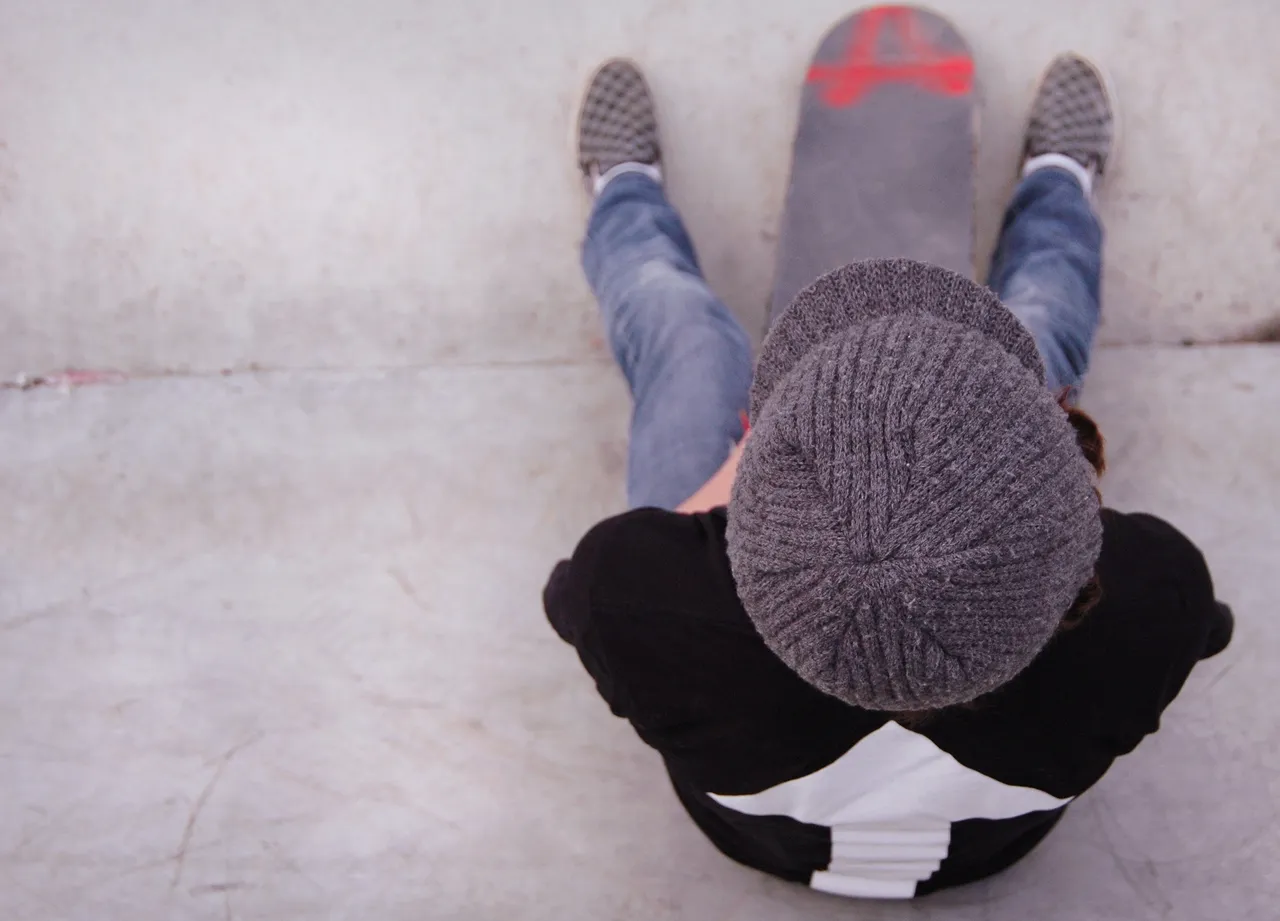Need to know: Anxiety doesn’t always look like what you’d expect
Anxiety can present itself in unexpected ways, partly because it is based on a physiological response to a threat in the environment. This is known as a fight-or-flight response and it is automatic, hardwired, and triggered when your brain senses it’s under threat. The overwhelming urges associated with this response are those of aggression (fight) and a desire to escape a situation (flight). Typically children with anxiety might try to withdraw from social situations, they can be shy or clingy, but some react with what can often be misinterpreted as anger or opposition.
Why it’s important
As a parent, be open to the possibility that your child’s aggressive and disruptive behaviours are driven by fear and the need to feel secure. If anxiety is the cause, dealing with aggression as “bad” behaviour will make a situation much worse. Approach these moments with curiosity and empathy, so that if it is indeed anxiety that is causing the behaviour, you can teach your child some strategies to help them work through their fear.
Tips and strategies
Try to record when outbursts or tantrums happen. Is there a pattern? Do they seem to happen more in unfamiliar situations or situations that might be emotionally taxing for your child?
If anxiety underlies aggression, signs of anxiety will still be there. Some tell-tale signs are avoidant behaviour, sick tummies, headaches, and sensitivity to new or unfamiliar situations. Any of these might be a clue that anxiety is at play.
Armed with the right information your child can start to learn to manage their anxiety. This is what they need to know and how you can talk to them.
Validate their emotions. It’s important that your child feels heard and understood. “I, too, get angry sometimes. Your brain is working hard to protect you and this is why you are feeling this way.”
Don’t let your child blame themselves. Children will often feel awful after losing their temper. “Don’t get upset with yourself for getting angry. Your brain is doing its job really well and wants to be the boss of things, but things are much better when you’re the one in charge of your brain!”
Talk about how the brain functions. Knowledge about how our brains work can give children comfort. “Did you know that your brain has a really cool part called the amygdala, and its job is to warn you of danger and to protect you? This is called the fight-or-flight response and it happens without you even realising it. This is why angry feelings can sometimes feel like they just sneak up on you quickly.”
Explain that the brain can change. Reassurance that things can change for the better will help your child keep a positive attitude. “Sometimes, your brain can be overprotective even when there’s no threat. You have the power to teach it to recognise real danger and to keep calm at other times”
Encourage them to practice breathing. Teach your child to take deep breaths by using the hot chocolate method and reminding them to practice when they are relaxed. “Did you know that an imaginary hot chocolate can help calm your brain? Pretend you are holding a hot chocolate. Breathe in through your nose, imagining you are smelling the delicious chocolatey smell. Then try to cool it down by slowly blowing the air gently out through your mouth. Smell the hot chocolate and blow it cool for three seconds each time. Keep doing this until you start to feel relaxed.”
Empower them to be the boss of their brains. “When you start to feel angry about something, remember that you can tell your brain what to do. Try saying, ‘I’m the boss around here’ and then practice your hot chocolate breathing. The more you practice, the easier it will get.”
References
- Anxious and aggressive: the co-occurrence of IED with anxiety disorders – PMC
- How Anxiety Leads to Problem Behavior in Children | Child Mind Institute
- Understanding the Role of Anxiety in Children with ADHD
- Anxiety or Aggression? When Anxiety in Children Looks Like Anger, Tantrums, or Meltdowns – Hey Sigmund


